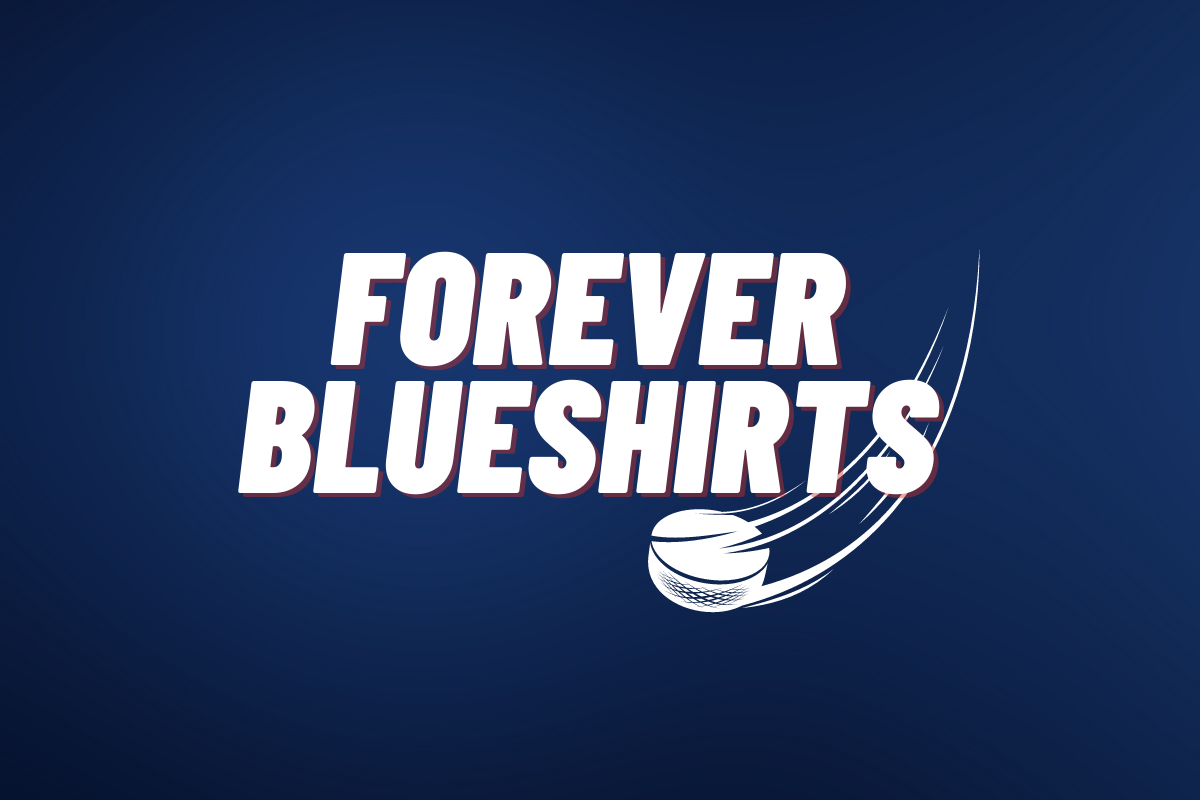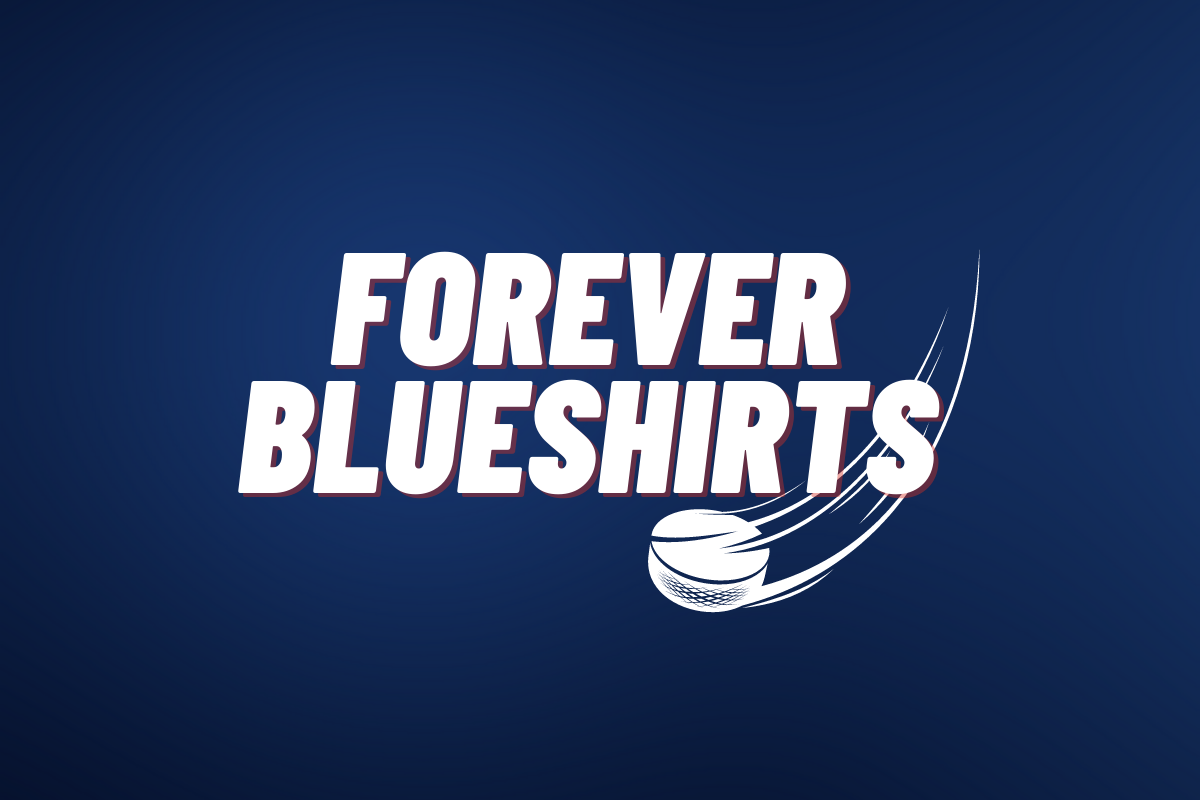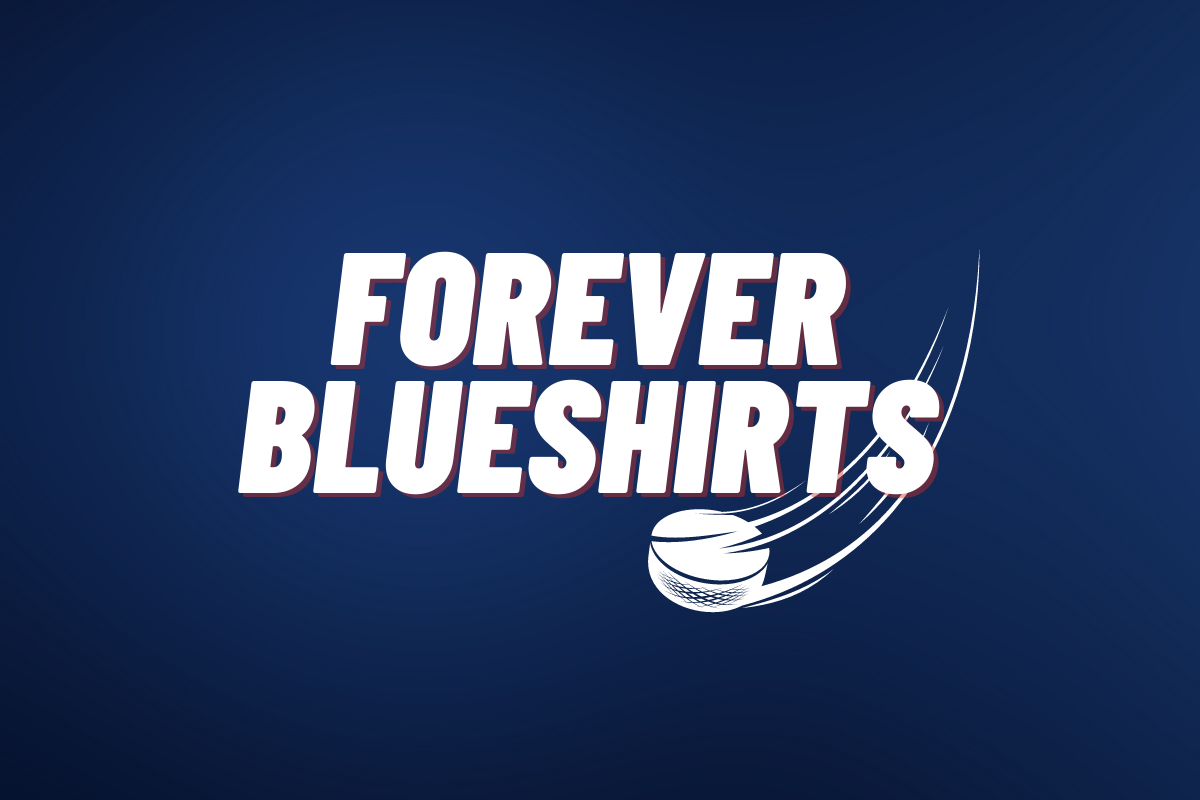Tilted Ice: The View from the Net – Power Play, Stick work, JT Miller and More

I hope you’ve all enjoyed the “In The Crease” series of posts we’ve been putting out. To complement those posts, which are quick observations, I’m coming out with a new type of series called The View from the Net. As you can tell, my lineage is goaltending (duh) so we’re keeping it goalie themed.
As a goalie (similarly to catching in baseball) you get a great view of the game, it’s systems and breakdowns. Why are John Flaherty and Joe Girardi so well versed in baseball? Why are Steve Valiquette and Kevin Weeks so insightful on all things hockey?
It’s taking that experience into account and bringing it into the film room to break down some things I’m seeing with the New York Rangers and how they should begin to translate going forward. Ahh yes, the good old eye test, it does work.
Power Play Hot, Power Play Cold?
The Rangers PP seemed to have figured it out for a brief minute there and absolutely lit it up. During their six-game winning streak, spanning from Halloween until November 11th, the Rangers man-advantage units punished teams by going a remarkable 9/18. Since then, however, the power play has gone 1/15 (6%), even though the Blueshirts have gone 4-2.
I wouldn’t worry about this though because if you take into account the first twelve games of the season(19.14% success rate) so we’re just seeing microcosms of how teams approach the Rangers Power Play and how the unit adjusts to it.
The third period versus Columbus is a perfect microcosm of the two ways teams defend the Rangers Power Play. The first way is clogging the middle and collapsing. This focuses more on eliminating the puck getting to high danger areas and essentially dares the point to shoot. Having snipers like Shattenkirk, Zibanejad, and Buchnevich neutralizes this defense though, but the shots have to get through as well.
As you’ll see in the video, the second defense is focused more on taking away the shooting lanes. When teams take away the shooting lanes, that’s where the Rangers creativity and playmaking has to be there to make plays. Although that third power play resulted in a goal, you can clearly see that Columbus altered its approach mid-game, pressuring the puck carrier which does open up lanes, but it takes away the direction of the skater. Think of it as a comparison of having a rushing threat and a passing threat. Both have to be working to complement each other properly.
Stick Work
We often miss the little intangibles that happen away from the play or forget them because they didn’t result in a goal for or a goal against. Much of the Rangers mistakes early on were because of not just poor positioning, but giving the opponent too much time and space. On the defensive end, you have the ability to dictate the play without touching the puck by utilizing the right gap and stick positioning at the right time which forces teams to push the puck into low-risk areas.
I noted a lot of great stick work by Nash and Hayes earlier on and you can see it result in offensive chances in this video here, but also to note is the stick work overall.
Looking at this one shot here, you’ll see Nash and Hayes both playing high (in the zone), and while to the naked eye it may go unnoticed, Hayes eliminates the pass to the right side which would result in a 2 on 1 chance with a man’s back turned to the play and is forcing the puck to the Left side defenseman. Nash, also playing high, isn’t overcommitting here though. He’s taking away the lane from the defenseman to the player in the hash marks with his body and takes away a skating lane to the left side boards as well. Forcing a manageable and easy shot for Hank.

Zibanejad has massively improved and has brought it defensively as well. Here’s a view of him defending Detroit’s Henrik Zetterberg. Note his stick positioning here as well. He’s forcing Zetterberg into traffic and taking away the cross-ice pass. Once he pushes Zetterberg into traffic, he completely takes away the cross-ice pass.


JT’s Alright
Since being moved to center against Ottawa, Miller’s stat line doesn’t look too good (0G 2A), but he’s a +5 in those four games. He’s seeing the ice differently, but in a good way and there’s a lot of positive to take away from him. I highlighted a few plays in the Detroit game that, while may not result in goals each time, are solid plays that tell me the fundamental game is there, as is the 200-foot game. The goals will start to come and I believe they will come in masses. I’m witnessing an emphasis on net-front presence; he knows when to engage in puck battles and has the skill to win them as well. Lastly, he’s tracking the puck very well in the defensive zone and also deserves some credit with his stick work.
Gap
I’ll have more on this in my next film review, but I have seen an overall improvement from the Rangers’ defensemen with their gap control. Gap control, for those who do not know the term, refers to the manner in which players are defending the oncoming player with their body. The goal is to use your body to take away the more risky route an opponent can take. Most noticeably, I noticed it with Brendan Smith and his improved gap play. Keep an eye out for more on this in the future, but also when you’re watching the Rangers play. Try to look at how the defensemen have been pushing the direction of play and see if you can pick up on it as well.
As always, I’d love to hear from you. Tweet me @TheTiltedIce with any questions or comments or if there’s something you’d like for me to take a look at.
More About:New York Rangers Features
